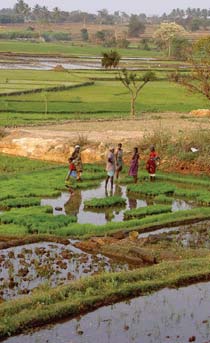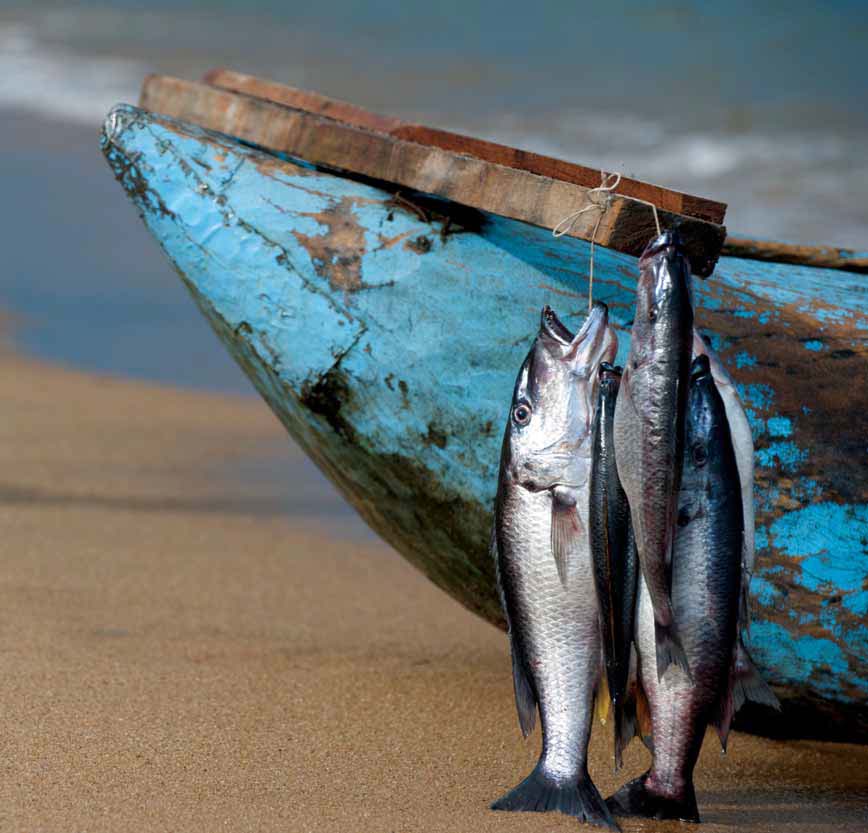/topics/rivers
Rivers
Living Rivers, Dying Rivers - Fourth in the series of discussions at India International Centre - Rivers of the North East - September 23, 2011, New Delhi
Posted on 11 Sep, 2011 11:36 PMThe fourth in the series of discussions titled "Living Rivers, Dying Rivers" that aims at understanding what has been happening to rivers across India and drawing appropriate lessons is scheduled to be held on September 23, 2011 at the India International Centre, New Delhi. The series is coordinated by Prof. Ramaswamy R. Iyer.
The present discussion focusses on "Rivers in the North-East". It comprises of presentations by Dr. Chandan Mahanta, Professor, IIT Guwahati and Shri Sanjoy Hazarika, Director and Saifuddin Kitchlew Chair at Centre for North East Studies, Jamia Millia Islamia, New Delhi, Managing Trustee at Centre for North East Studies and Policy Research.
Disaster management in India – A report by Ministry of Home Affairs
Posted on 09 Sep, 2011 05:28 PMThe perception about disaster and its management has undergone a change following the enactment of the Disaster Management Act, 2005. The definition of disaster is now all encompassing, which includes not only the events emanating from natural and man-made causes, but even those events which are caused by accident or negligence.
Basanti and the Kosi: How one woman revitalized a watershed in Uttarakhand
Posted on 07 Sep, 2011 03:22 PMGuest post by: Chicu
WWF invites applications for the post of Coordinator, Living Ganga Programme, Kanpur – Apply by September 20, 2011
Posted on 05 Sep, 2011 05:29 PMContent courtesy: DevNetJobsIndia

World Wildlife Fund-India (WWF-India) has been working towards conservation and wise management of river systems and wetlands in India for over a decade now. The areas of intervention have been freshwater ecosystems, connected habitats, freshwater species and balanced use of water resources for livelihoods.
Flood hazard zonation of Assam – An atlas by National Remote Sensing Centre
Posted on 05 Sep, 2011 03:09 PMAssam represents a highly flood-prone region characterized by severe hazards of floods. Although occurrence of flood has been an age-old phenomenon in the riverine areas of this region, the extent of damage caused by floods has increased significantly in recent years.
Adaptive water resource management in the Lower Bhavani project command area in Tamil Nadu – A research report by IWMI
Posted on 25 Aug, 2011 11:07 PM
To what extent farmers and water resource managers already practice adaptive management and whether it is practiced in an optimal manner or could there be areas for improvement based on recent advancements in the theory of adaptive management are some of the questions that are particularly appropriate in the light of rapid changes in river basin water use and also in relation to basin closure.
This paper draws on the development and use of water resources in the Lower Bhavani Project (LBP), with the LBP reservoir and the 84,000 hectare (ha) LBP command area. The project diverts water from the Bhavani River, a tributary of the Cauvery River in Tamil Nadu.
Restructuring of the Central Water Commission – Ministry of Water Resources invites comments on its proposal till September 30, 2011
Posted on 25 Aug, 2011 12:24 PM
The restructuring is being proposed primarily to adopt river basins as the fundamental block for integrated planning, development and management of water resources in the country.
Boundary concepts for interdisciplinary analysis of irrigation water management – A working paper by Peter Mollinga
Posted on 24 Aug, 2011 07:16 PMThe focus is concepts that capture the hybridity of irrigation systems as complex systems, and cross the boundaries of the natural and social sciences.
Blue harvest – Inland fisheries as an ecosystem service – A report by UNEP
Posted on 24 Aug, 2011 11:34 AM This report by United Nations Environment Programme (UNEP) reviews the importance of inland fisheries as an ecosystem service, the pressures upon them, and management approaches to sustain them and thus helps inform future approaches to conservation and management of freshwater ecosystems.
This report by United Nations Environment Programme (UNEP) reviews the importance of inland fisheries as an ecosystem service, the pressures upon them, and management approaches to sustain them and thus helps inform future approaches to conservation and management of freshwater ecosystems.
There is an urgent need for major investment in policy and management approaches that address the direct and indirect drivers of aquatic ecosystem degradation and loss of inland fisheries taking into account their role in sustainable development and human well being. The UNEP Ecosystem Management Programme (UNEP-EMP) provides an effective framework for pursuing this challenge.
Hydrology of the Upper Ganga river – A report by the International Water Management Institute
Posted on 21 Aug, 2011 10:43 PMTo provide the background hydrological information for the assessment of environmental flow requirements at four selected ‘Environmental Flow’ sites, a hydrological model was set up to simulate the catchment in the present state (with water regulation infrastructure) and to generate the natural flows (without water regulation infrastructure).





